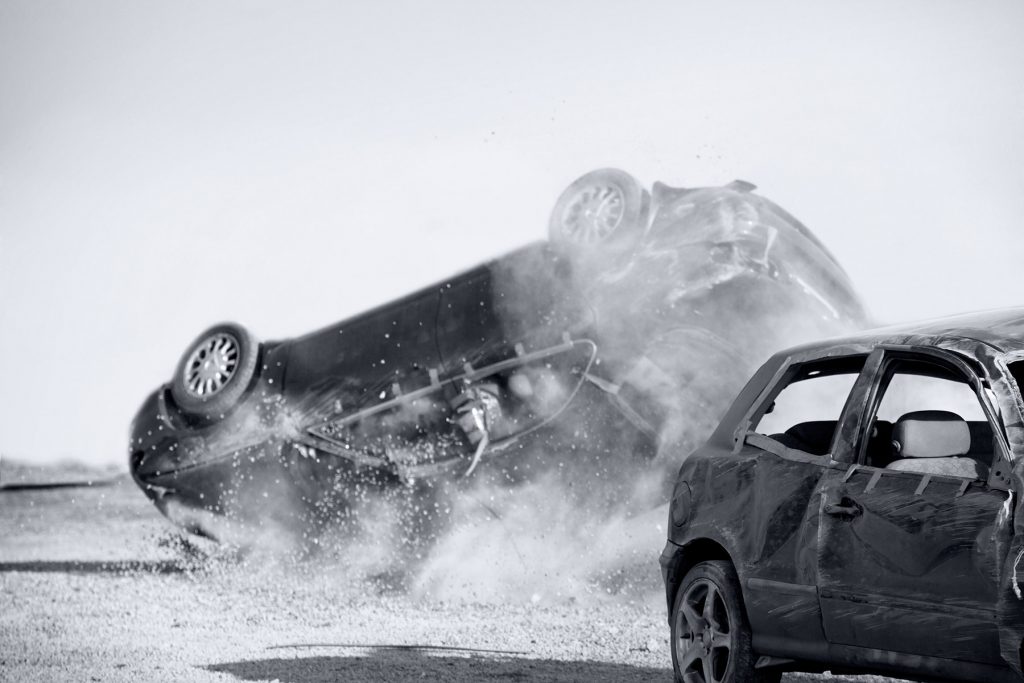
A Bombshell Investigation Reveals How Product Liability Cases Limit Public Safety
What if you knew about a hidden danger to the general public? It could involve a cancer-causing chemical found in a health and beauty product, a design flaw in a popular vehicle, or some other issue potentially endangering countless lives across the country.
You’d want to warn people, to prevent injury and even fatalities. But you can’t. Even though the information you have would almost certainly save lives, you’re legally prohibited from sharing it publicly.
It’s a situation faced by plaintiff lawyers and others connected to large product liability cases nationwide. A relatively small group of people have critical information regarding safety issues for a wide array of common products – and they’re not allowed to sound a warning.
A Reuters Special Report details the extent to which large product liability cases often result in critical safety information being withheld from the public. Products you use every day might be dangerous, even deadly, and you’d never know.
While the report is certainly worth reading in its entirely, here’s a quick rundown of the highlights:
A Concerned Citizen Making a Difference
At the heart of the story is a lone voice willing to speak out. In 2000, Paula Lawlor worked as a researcher for a law firm involved in a case against General Motors on behalf of a man injured in an accident. Basically, the plaintiff’s legal team (of which Lawlor was a member), alleged the roof strength in many GM vehicles provided insufficient protection during rollover.
Eventually, the plaintiff prevailed. A jury awarded the injured man $15.4 million. While the money certainly helped him recover specifically, the larger issue remained.
The firm Lawlor worked for was just one of thousands suing GM and other automakers over roof-crush deaths. Every case was mired in secrecy. Much of the evidence in these trials, including a variety of reports from the manufacturers themselves, remained out of public view as ordered by the court.
Even more shocking, no major production changes were enacted. Automakers were losing lawsuits, but they were under no legal obligation to change the roof design. For example, in the 10 years following the 2000 case — where GM paid out $15.4 million to just one injured party – over 5,000 people in GM vehicles died in the same type of rollover accidents.
Lawlor didn’t possess special access to information. She was one of dozens of people who had seen the relevant documents. However, she felt a moral obligation to warn people. So began an extensive campaign, both in and out of the courts, to expose the deadly design flaws found in GM vehicles. In 2016, she succeeded, and new federal safety standards were enacted.
How “Baked In” Secrecy Limits Public Information
Lawlor is undoubtably a hero. Her efforts saved an untold number of lives. However, the overriding problem continued unabated.
Reuters found pervasive secrecy throughout large-scale product liability cases. The variety of products affected is truly staggering, including cars, medications, baby products, firearms and more. Even worse, Reuters uncovered hundreds of thousands of injuries or deaths caused by defective products involved in court cases where potentially life-saving information had been sealed from public view.
As expected, defense attorneys routinely push for sealed records. After all, its in their clients’ best interest to keep damaging information from public view. However, what’s surprising is how rarely plaintiff lawyers fight in favor of transparency.
Reuters spoke to dozens of plaintiff lawyers. A few reasons emerged as to why they typically don’t fight court secrecy. First, it impacts the service they can provide clients. Extending the trial to challenge secrecy orders ends up delaying payments to clients. Considering many of these clients were seriously injured, they can’t afford to wait around for a settlement.
Also, secrecy is built into the process from the beginning. During pretrial discovery, defendants typically only produce necessary documentation and information under the condition it’s kept under a protective order. Although the process is meant to protect proprietary and personal info, in practice nearly everything produced is marked confidential. Once a document is marked confidential, the issue is rarely revisited.
Sealed records in large product liability cases are a matter of routine. Reuters found information related to public safety sealed in 55 of the 115 largest liability cases in federal court during the past 20 years. Of the 55 cases with significant sealed information, claims of confidentiality were challenged just 23 times, and almost none of them were successful.
What’s Next for Public Safety?
While Lawlor is rightfully hailed as a hero, the overall situation remains alarming. Millions of people are using common products with known defects, including potentially fatal flaws. Those who are in a position to warn others often face massive obstacles towards doing so.
However, the situation isn’t completely bleak. Reuter’s report is generating lots of attention, which may lead to increased awareness and improved transparency. Sealing records in product liability cases often pose grave, if unintended, consequences. Hopefully, by shining light on these dangers, public sentiment can help spur changes.



Very interesting.